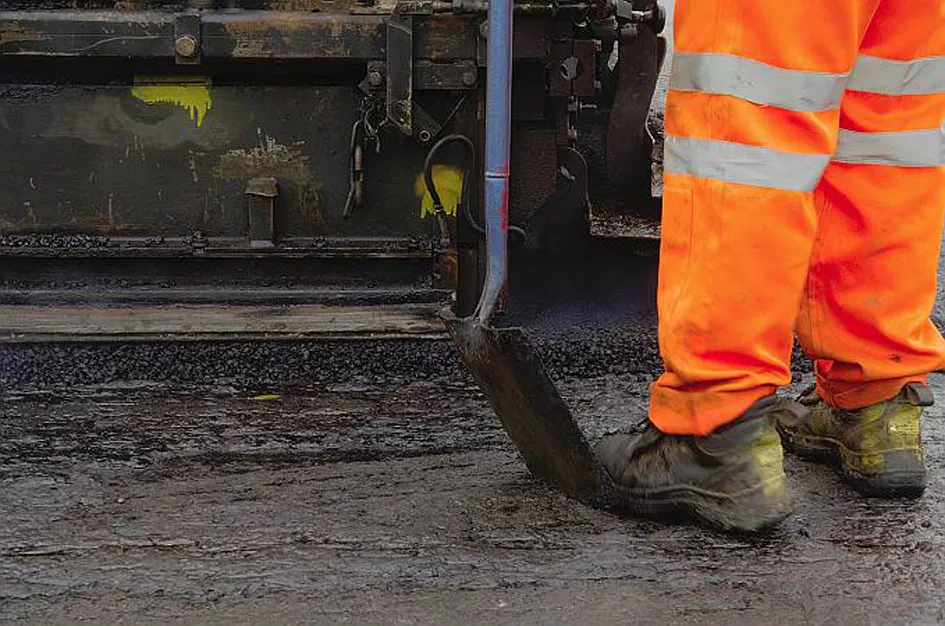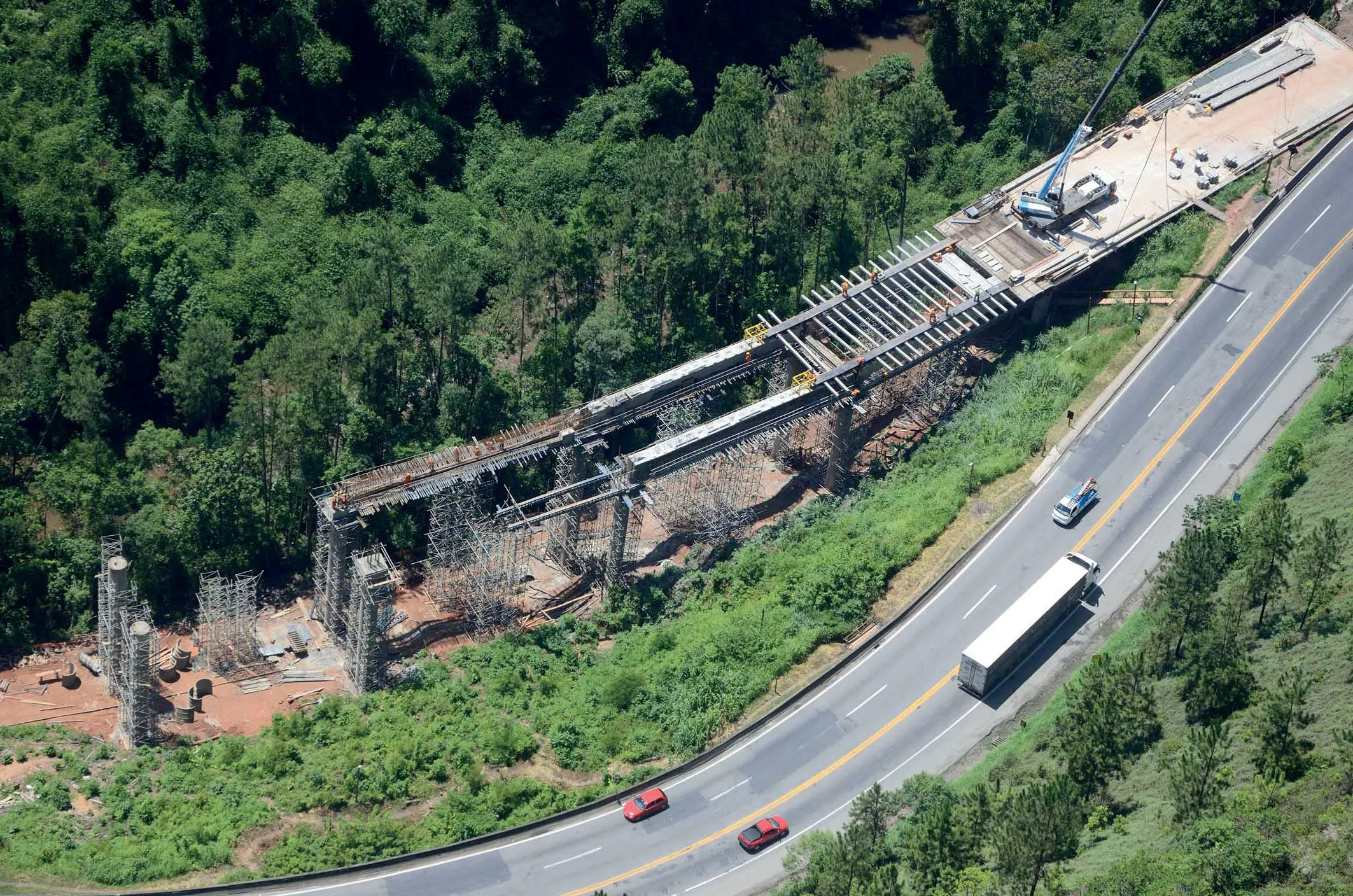Investigations are in hand in Costa Rica over a series of faults on the highway linking capital San Jose with Caldera.
March 1, 2012
Read time: 1 min
Investigations are in hand in Costa Rica over a series of faults on the highway linking capital San Jose with Caldera. The US$230 million highway has suffered surface cracking in certain stretches, while a number of landslides have also occurred along the route that have required clearing and for repairs to be made. Costa Rica's authorities are investigating 1452 Autopistas del Sol following allegations of corruption with regard to the San Jose to Caldera highway project. The investigations are looking at the corruption allegations and whether any improper activities could have been a cause of the route's technical problems.







